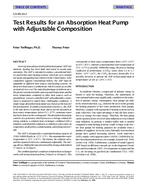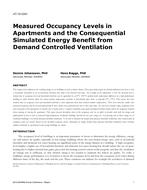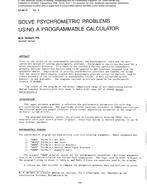Click here to purchase
The main objective of this study is exploring the possibility of using liquid to vapor phase change phenomenon to enhance the heat transfer mechanism in a reduced gravity environment. An abrupt temperature jump by forming a vapor layer should be avoided to protect the boiling surface and low frequency vibration is studied as a prevention technique. Numerical simulation of single bubble dynamics is performed in a two-dimensional numerical domain using the volume of fluid method to understand the fundamental behavior of liquid to vapor phase change under the influence of low frequency vibration and gravity. All simulations are carried out for saturated water with a fixed wall superheat. The bubble growth, the bubble departure time, and the heat transfer coefficients are monitored by varying gravity, the vibration displacement, and the vibration frequency. At least 1g acceleration amplitude is required to match the bubble detachment time at the Moon’s gravity condition to that of the Earth. It was found that bubble detachment could be delayed in some vibrating conditions, suggesting that the acceleration amplitude may be utilized as an intuitive indicator for bubble detachment rather than individual frequency and amplitude.
Citation: 2020 Winter Conference, Orlando, FL Conference Papers
Product Details
- Published:
- 2020
- Number of Pages:
- 7
- Units of Measure:
- Dual
- File Size:
- 1 file , 260 KB
- Product Code(s):
- D-OR-20-C068


